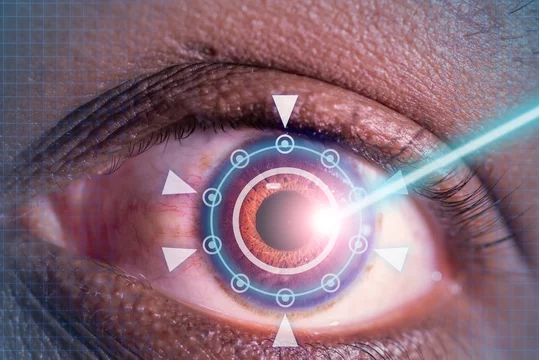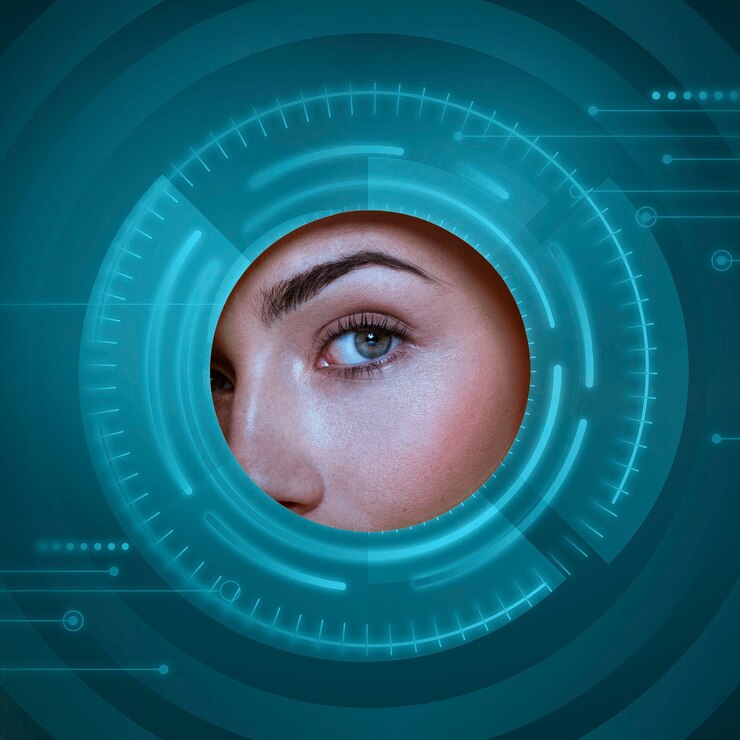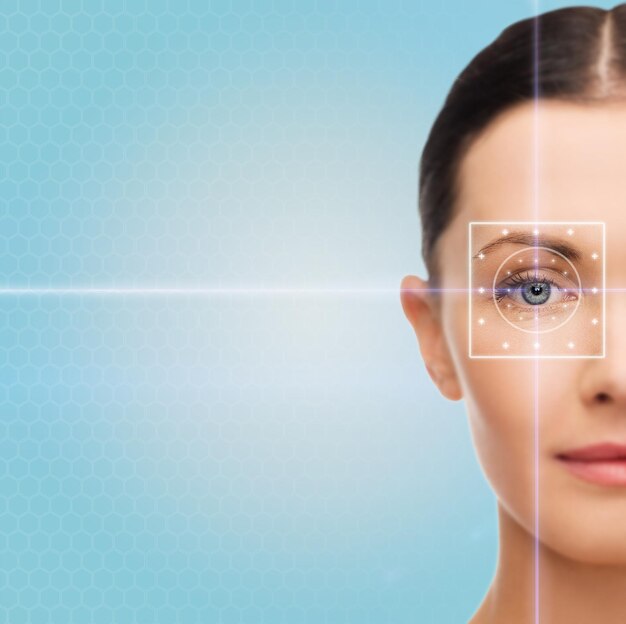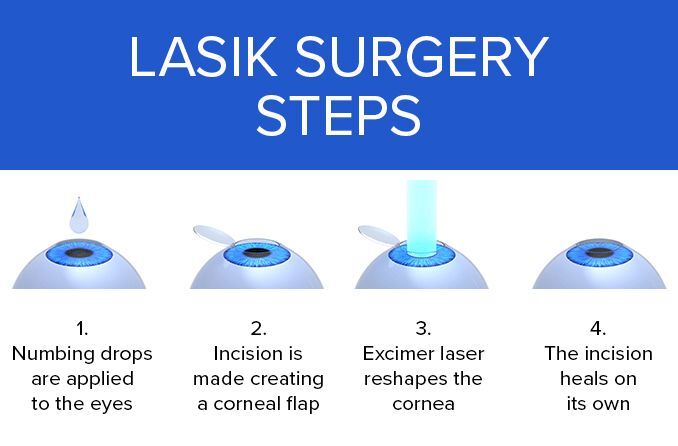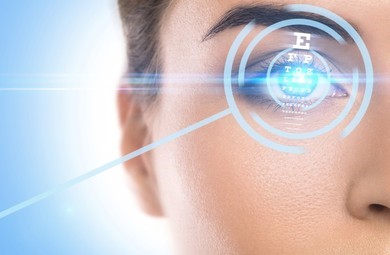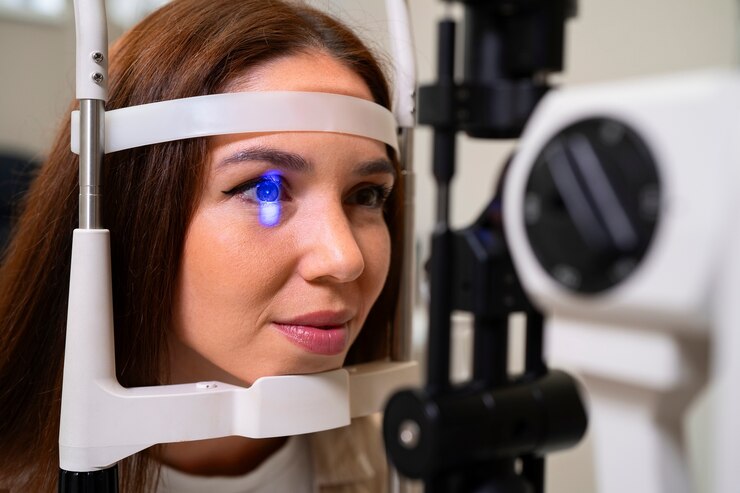Advances In LASIK Technology: Enhancing Safety And Precision
LASIK (Laser-Assisted In Situ Keratomileusis) has revolutionized vision correction surgery since its introduction. Over the years, advancements in technology have continually refined LASIK procedures, making them safer, more precise, and capable of correcting a wider range of vision problems. This article explores the latest innovations in LASIK technology and their impact on enhancing the safety and precision of the procedure.
Evolution of LASIK Technology
The evolution of LASIK technology can be traced back to the introduction of excimer lasers for refractive surgery in the 1980s. These lasers allowed surgeons to reshape the cornea with unparalleled precision, correcting refractive errors such as nearsightedness, farsightedness, and astigmatism. Subsequent advancements in diagnostic imaging, such as corneal topography and wavefront analysis, provided surgeons with detailed maps of the cornea, enabling personalized treatment plans and better outcomes for patients.
Femtosecond Laser Technology
One of the most significant breakthroughs in LASIK technology has been the integration of femtosecond laser technology into the procedure. Femtosecond lasers create precise, thin corneal flaps with micron-level accuracy, replacing the traditional microkeratome blade used in flap creation. This bladeless approach offers several advantages, including reduced risk of flap complications, improved flap thickness uniformity, and enhanced postoperative visual outcomes. Additionally, femtosecond lasers enable the creation of customized flap designs tailored to each patient’s unique corneal anatomy, further optimizing surgical outcomes.
Wavefront-Guided and Topography-Guided LASIK
Wavefront-guided and topography-guided LASIK techniques represent another leap forward in personalized vision correction. Wavefront-guided LASIK utilizes wavefront technology to create a detailed map of the eye’s optical system, allowing surgeons to address higher-order aberrations that were previously uncorrectable with traditional LASIK. This tailored approach can improve visual quality, reduce glare, and enhance night vision for patients. Similarly, topography-guided LASIK utilizes corneal topography data to customize the treatment, correcting irregularities in the corneal surface and improving visual outcomes, particularly in patients with irregular astigmatism or corneal abnormalities.
Customized Treatments with Contoura Vision
Contoura Vision, a cutting-edge LASIK technology, combines wavefront-guided and topography-guided approaches to deliver highly customized vision correction. This advanced system utilizes sophisticated algorithms to analyze thousands of data points from corneal topography, wavefront measurements, and pupil size, allowing for precise customization of the laser treatment. Studies have demonstrated that Contoura Vision results in superior visual outcomes, including improved visual acuity, contrast sensitivity, and reduced higher-order aberrations compared to conventional LASIK.
Smile LASIK: A Minimally Invasive Alternative
Small Incision Lenticule Extraction (SMILE) is a minimally invasive alternative to traditional LASIK that has gained popularity in recent years. In SMILE LASIK, a femtosecond laser creates a lenticule within the cornea, which is then extracted through a small incision, reshaping the cornea and correcting refractive errors. This flapless procedure offers several advantages, including reduced risk of dry eye syndrome, faster recovery times, and greater biomechanical stability of the cornea. SMILE LASIK is particularly well-suited for patients with thin corneas or those at higher risk of flap-related complications.
Enhanced Safety Measures
In addition to technological advancements, LASIK procedures have benefited from enhanced safety measures to minimize the risk of complications. Preoperative screening protocols have become more rigorous, ensuring that patients are suitable candidates for LASIK and identifying any underlying ocular conditions that may affect surgical outcomes. Furthermore, intraoperative monitoring systems, such as eye-tracking devices and iris registration systems, help maintain the accuracy and safety of the laser treatment, even in the presence of eye movements or pupil dilation.
Conclusion
Advances in LASIK technology have transformed vision correction surgery, making it safer, more precise, and capable of delivering better visual outcomes than ever before. From femtosecond lasers and wavefront-guided treatments to customized approaches like Contoura Vision and SMILE LASIK, patients now have access to a wide range of innovative options for vision correction. As technology continues to evolve, the future of LASIK holds promise for further improvements in safety, precision, and patient satisfaction, ensuring that individuals can enjoy clear, crisp vision with confidence and convenience.
For any further queries, Plz visit drvivekgarg.in

